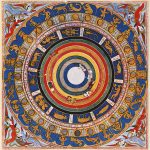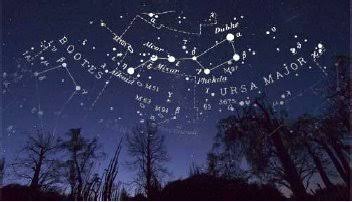
Is it possible to study astrology without the sun and moon signs? The answer is definitely negative. It is not even imaginable to read skies without counting the stars. Stars come together to constitute 12 constellations of the zodiac signs. When you sum up the qualities and traits that these zodiacs and accompanying planets endow on you, you can sort out what you are made up of.
History of Stars in Astrology
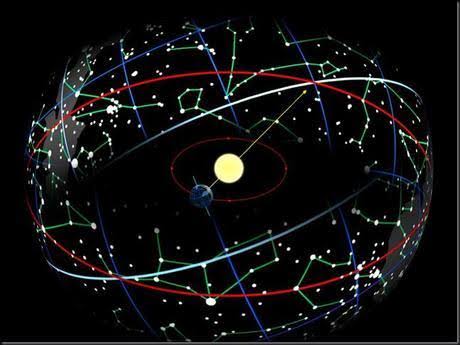
In ancient astrology, every heavenly body was considered as a star, whether it was stars, planets, comets or meteors. In fact, this was the reason that meteors are still known as shooting stars. Moreover, for ease of the purpose, they were divided into fixed and wandering stars. Fixed stars were Sun, a star while planets, Earth’s Moon and other planets were considered wandering stars. Though, this no more holds validity in present times due to developments in astronomy.
The Vedic system of constellations is very ancient, dating back more than 5,000 years. In the Vedic (Hindu) system of Astrology, the 27 constellations and not the 12 star-signs are the key to the understanding of the cosmic influences. These 27 constellations form Nakshatras, which are 300 to 400 light-years away from the earth. Vedic astrology deeply roots into the calculation of a person’s moon Nakshatra at the time of birth.
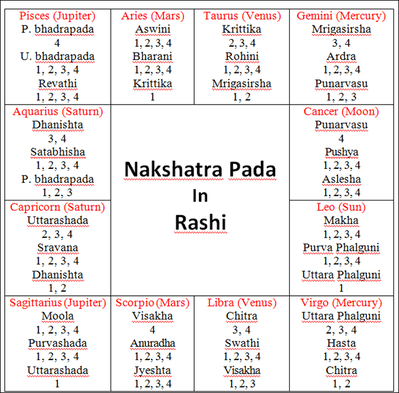
The Meaning of Vedic Nakshatra
If we break the term “Nakshatra,” you will get its 2 constituent parts: “naks” meaning “sky” and “kshetra” meaning “region”, translating into “Sky Map.” Another meaning is “naksha” which is a “map” and “tara”, a “star” and so it means “Star Map.” Both meanings clearly show that 27 Nakshatras (constellations) and not the 12 zodiacal star-signs maps the sky in Vedic astrology.
Stars And Their Degrees
According to western astrology, there are 12 zodiac signs each at a 30-degree angle to the earth. Hence, they appear in the sky like a zodiac band circling the earth. While each of the 27 Nakshatras of Vedic astrology consists of 13º and 20 minutes of the zodiac. If you multiply this length by 27, it is equal to the entire zodiacal belt of 360 degrees. Besides, they identify each constellation with a star. Further, each nakshatra has four Pada subdivisions, each at a quarter of 3 degrees and 20 minutes. Moreover, the Nakshatra and the signs of the zodiac both begin from the same point. The first Nakshatra or constellation of Ashwini begins from the same point from which the first zodiac sign, Aries begins.
Importance Of Fixed Stars
According to Ptolemy fixed stars have effects similar to that of planets. The Gemini stars, Alhena and Tejat Posterior have major Mercurial and moderate Venus influences on the lives of individuals on the earth. Some Important Fixed Stars are:
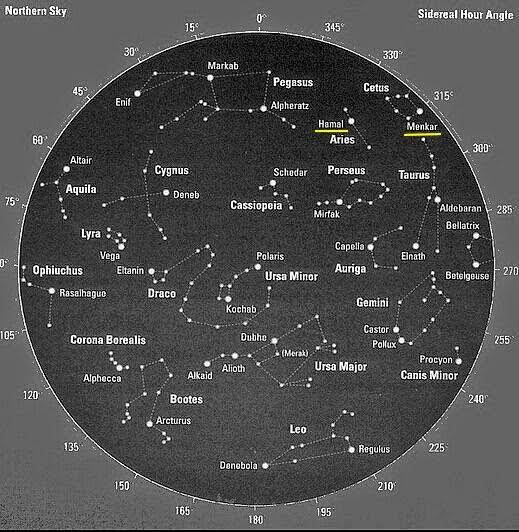
- Aldebaran is a fortunate star, guaranteeing riches, and honor.
- Aldebaran(Alpha Tauri) vernal equinox is the brightest star in the constellation Taurus.
- Regulus (Alpha Leonis) summer solstice is the brightest star in Leo.
- Antares (Alpha Scorpii) or autumnal equinox is the brightest star in Scorpio.
- Fomalhaut or winter solstice is the brightest star in Pisces.
Importance of Stars in Western And Vedic Astrology
- The Nakshatras have the basic attributes, primary motivation (Kama – sensual desires; Artha – material desires; Dharma – living life based on spiritual principles; Moksha – liberation from birth and death), sex, caste, species and so on. They are represented by their presiding deities, ruling planets, and their symbolic form.
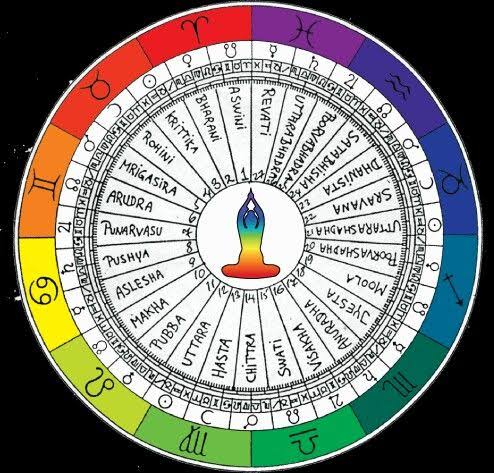
2) Each sign contains the combined influence of the Nakshatras falling with it. Compared to the signs, the Nakshatra or Nakshatras possess a deeper effect. The signs are mere “a heap, mass, or collection” of influences as their Sanskrit name suggests.
3) The planets are the cosmic creative powers. Each planet radiates certain specialized forces. The planets make their impact on the zodiacal field. This specialized circle divided by the signs and Nakshatras is the negative or passive field of influences, while the planets are the positive or active fields.
4) The signs and Nakshatras create the necessary environment, while the planets are the precipitating forces.
5)Vedic astrologers believe that the Nakshatras are a storehouse of the fruits of your labor (our Karma). These Nakshatras bestows the fruits of your Karma when the time is right. Moreover, most of the benefits come from the fruit of our worship and meditation, our spiritual labor of life.
6)In Vedic astrology, birth star (Nakshatra of the Moon) forms the basis of interpreting the personality traits, rather than by the Sun sign.










